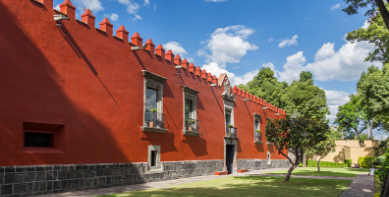Full-Time MBA
Two-Year International Program
Starts on September 3rd, 2024
10th place worldwide
6th place in the world in international experience
IPADE is the leading business school in Latin America
IPADE focuses on improving the management skills of the business community.
Full-Time MBA offers a 21-month program with a general management curriculum based on real-world practice.
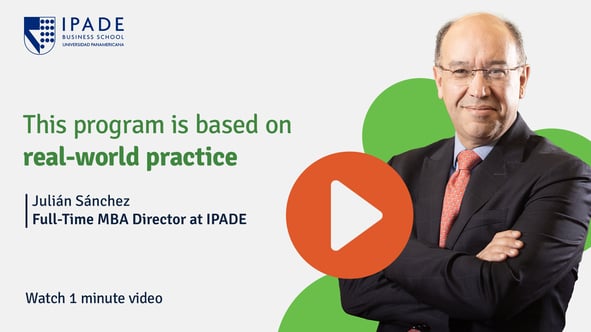
UPCOMING EVENTS
22
MAY
Boost your career
ONLINE | 18:30 hrs
Participant’s Profile

+4 years of experience
27 average age
20% international participants
Bachelor’s degree
Advance English
Accreditations
Networks

Download the brochure with program details
Download the brochure with program details
- Academic structure
- Work placement
- Admission process

Our alumni have increased their salary
320%
3 years after graduation
114%
1 year after graduation
97%
3 months after graduation
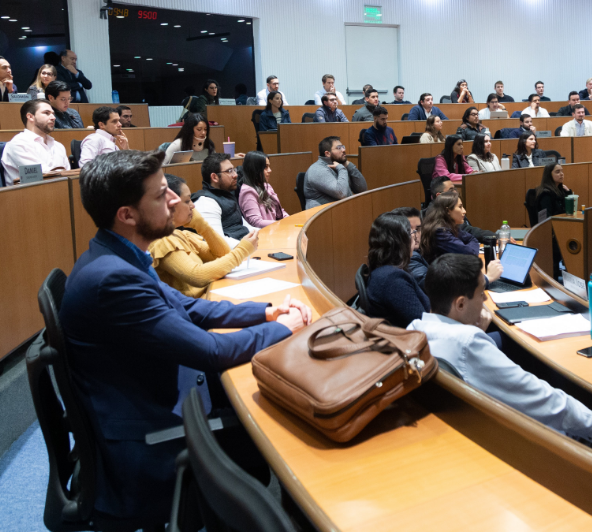
IPADE was ranked #10 in “Career Progress” in the Global MBA 2021
Our alumni have increased their salary
320%
3 years after graduation
114%
1 year after graduation
97%
3 months after graduation
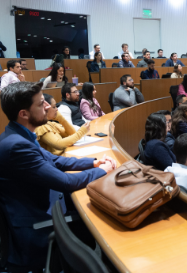
IPADE was ranked #10 in “Career Progress” in the Global MBA 2021
Analyze different
real cases
through relevant facts
Case Method
We work with the case method in order to analyze and discuss more than 900 cases during the 21-month duration of the Full-Time MBA.
Case Method
We work with the case method in order to analyze and discuss more than 900 cases during the 21-month duration of the Full-Time MBA.

 Admission Process
Admission Process
1
Appoinment
2
Preparation online course
3
Exam
4
Interviews
5
Comittee
6
Enrollment
7
Scholarships and financing
Let’s have a call !
Tell us about yourself and take the first step towards joining our community
Campus
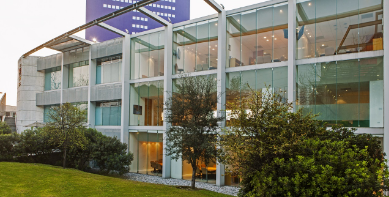
Blvd. Gustavo Díaz Ordaz 100, Col. Santa María, 64650, Monterrey, Nuevo León
